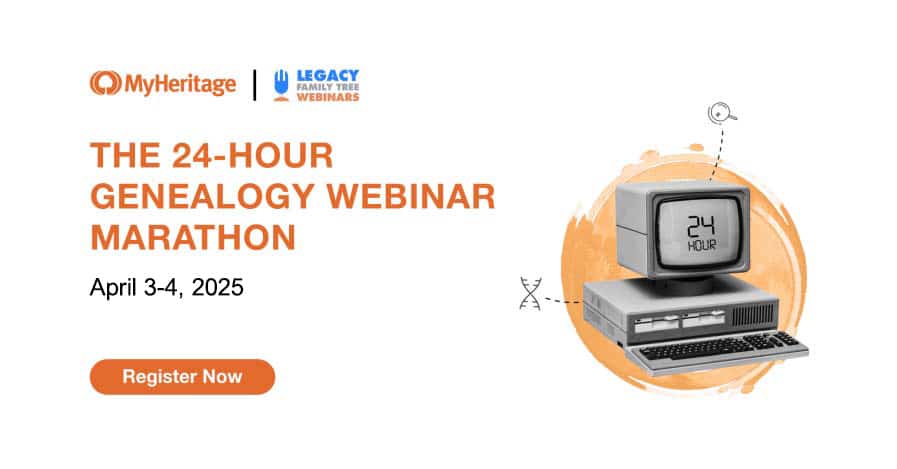Census records are one of the most important resources used by American genealogists. They are often the first records accessed when creating your family tree. Let's take a look back at the very first U.S. Census Day on August 2, 1790.
As the United States began organizing itself into an independent nation, it created what it needed for a democratic government. Its new constitution’s Article 1 laid out the legislative branch with Section 2 documenting the method for apportioning members of the House of Representatives. A census would help in this endeavor and guidelines for a regular census of the country’s citizens were written that stated, “the actual Enumeration shall be made within three Years after the first Meeting of the Congress of the United States, and within every subsequent Term of ten Years, in such Manner as they shall by Law direct.”[1]

the legislation that created the decennial census in the United States
That framework led to the first decennial census in 1790. Not surprisingly, as the first census conducted by the federal government, it included few guidelines. There were no special forms provided, nor specifications about the size or type of paper to use. The assistant marshals assigned with the task of enumeration were given little guidance into how to collect the data. Although the census ended up having only six questions there was some argument for it to include even more questions for individuals such as their occupation in an effort to gather information for potential needs the young democracy might have such as soldiers for a military. However, not everyone was convinced that collecting additional data was necessary. In particular, James Madison was against more detailed information and dismissed it as “a waste of trouble and supplying materials for idle people to make a book.”[2]
In the end, the 1790 census would collect information that was more statistical. The only reason the head of the household’s name was included in the enumeration count was for organizational purposes. Information collected for each household consisted of the number of:
- Free White males of 16 years and upward (to assess the country's industrial and military potential)
- Free White males under 16 years
- Free White females
- All other free persons
- Slaves[3]
This census was to be taken in the “original 13 States, plus the districts of Kentucky, Maine, and Vermont, and the Southwest Territory (Tennessee).”[4] Instructions to the enumerators were just 3 pages long and provided general information about the duties in taking an accurate census, fines for making false returns, and payments for enumerating. They were instructed that “the enumeration shall commence on the first Monday in August and shall close within nine calendar months thereafter.”
Other instructions included who was to be enumerated:
That the marshals of the several districts of the United States shall be, and they are hereby authorized and required to cause the number of the inhabitants within their respective districts to be taken; omitting in such enumeration Indians not taxed, and distinguishing free persons, including those bound to service for a term of years, from all others; distinguishing also the sexes and colours of free persons, and the free males of sixteen years and upwards from those under that age[5]
That first census took 18 months to complete and counted 3.9 million people, a number that President George Washington thought too low but it was good enough for “congress to take its first census apportionment."[6]
You can read more about the history of that first census in History and Growth of the United States Census: 1790-1890 and other reports available from the US Census Bureau website.
Have your found your ancestors in the 1790 U.S. Federal Census? Do you think it's a worthwhile census to include in your research?
Learn more about using census records in your research with these Legacy classes.
[1] Anderson, Margo J. The American Census: A Social History. New Haven: Yale University Press, 1988, p. 9.
[2] Ibid, p. 14.
[3] “1790 Overview,” US Census Bureau (https://www.census.gov/history/www/through_the_decades/overview/1790.html: accessed 23 July 2019).
[4] Ibid.
[5] “1790 Instructions,” US Census Bureau (https://www.census.gov/history/pdf/1790instructions.pdf: accessed 24 July 2019).
[6] Anderson, Margo J. The American Census: A Social History. New Haven: Yale University Press, 1988, p. 14
Gena Philibert-Ortega is an author, instructor, and researcher. She blogs at Gena's Genealogy and Food.Family.Ephemera. You can find her presentations on the Legacy Family Tree Webinars website.




Comments (0)